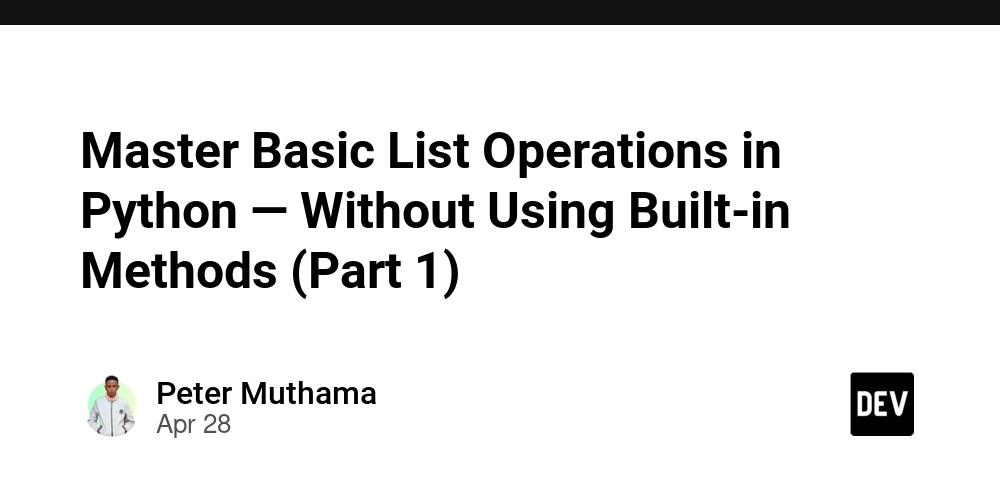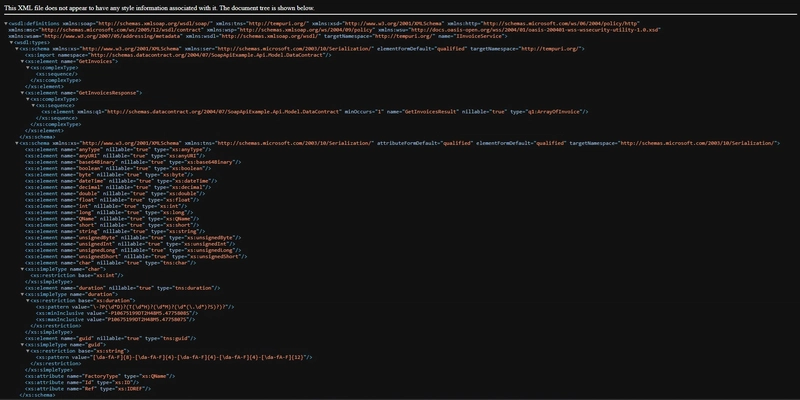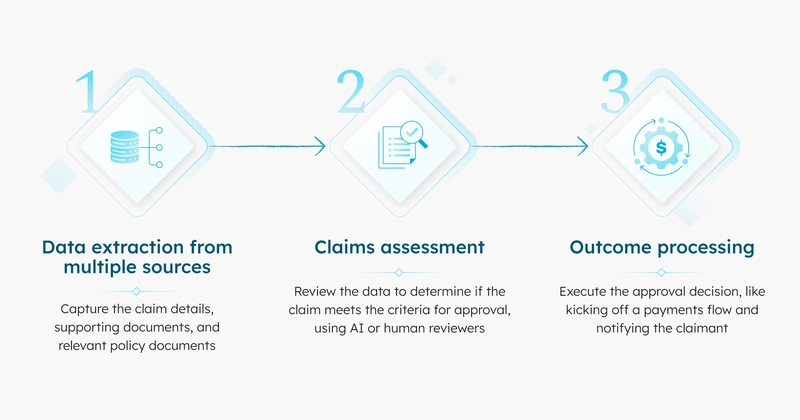Master Basic List Operations in Python — Without Using Built-in Methods (Part 1)
In today’s post, we dive into performing basic list operations without using built-in Python methods. Exercises like these help build strong problem-solving skills and deepen your understanding of Data Structures and Algorithms (DSA). Problem 1: Find the Minimum Value in a List Problem You are given a list of integers. Write a function find_min(nums) that returns the minimum number from the list without using Python’s built-in min() function. If the list is empty, return None. Breakdown: First, we need a way to keep track of the minimum value. We initialize a variable to the first element: min_value = nums[0] Then, loop through the list. For each number, if it is smaller than our current min_value, we update min_value. If the list is empty, return None immediately. Full Solution: def find_min(nums): if not nums: return None min_value = nums[0] for num in nums: if num

In today’s post, we dive into performing basic list operations without using built-in Python methods.
Exercises like these help build strong problem-solving skills and deepen your understanding of Data Structures and Algorithms (DSA).
Problem 1: Find the Minimum Value in a List
Problem
You are given a list of integers. Write a functionfind_min(nums)that returns the minimum number from the list without using Python’s built-inmin()function.
If the list is empty, returnNone.
Breakdown:
- First, we need a way to keep track of the minimum value. We initialize a variable to the first element:
min_value = nums[0]
- Then, loop through the list.
For each number, if it is smaller than our current
min_value, we updatemin_value. - If the list is empty, return
Noneimmediately.
Full Solution:
def find_min(nums):
if not nums:
return None
min_value = nums[0]
for num in nums:
if num < min_value:
min_value = num
return min_value
Problem 2: Count Even and Odd Numbers
Problem
You are given a list of integers. Return a tuple(even_count, odd_count)
whereeven_countis the number of even integers, andodd_countis the number of odd integers.
Do not use any built-in Python methods likefilter(),count(), etc.
Breakdown:
- Initialize two counters:
even_count = 0
odd_count = 0
- Loop through each number:
- If
num % 2 == 0, it’s even → incrementeven_count. - Otherwise, it’s odd → increment
odd_count.
- If
- Finally, return a tuple
(even_count, odd_count).
Full Solution:
def count_even_odd(nums):
even_count = 0
odd_count = 0
for num in nums:
if num % 2 == 0:
even_count += 1
else:
odd_count += 1
return (even_count, odd_count)
Final Thoughts
This marks the first part of practicing basic list operations without built-in functions.
Stay tuned and keep practicing — mastering these basics will give you a huge advantage in both coding interviews and real-world problem solving!
"If you enjoyed this, follow me for more posts on Python, DSA, and practical coding exercises!"



































































